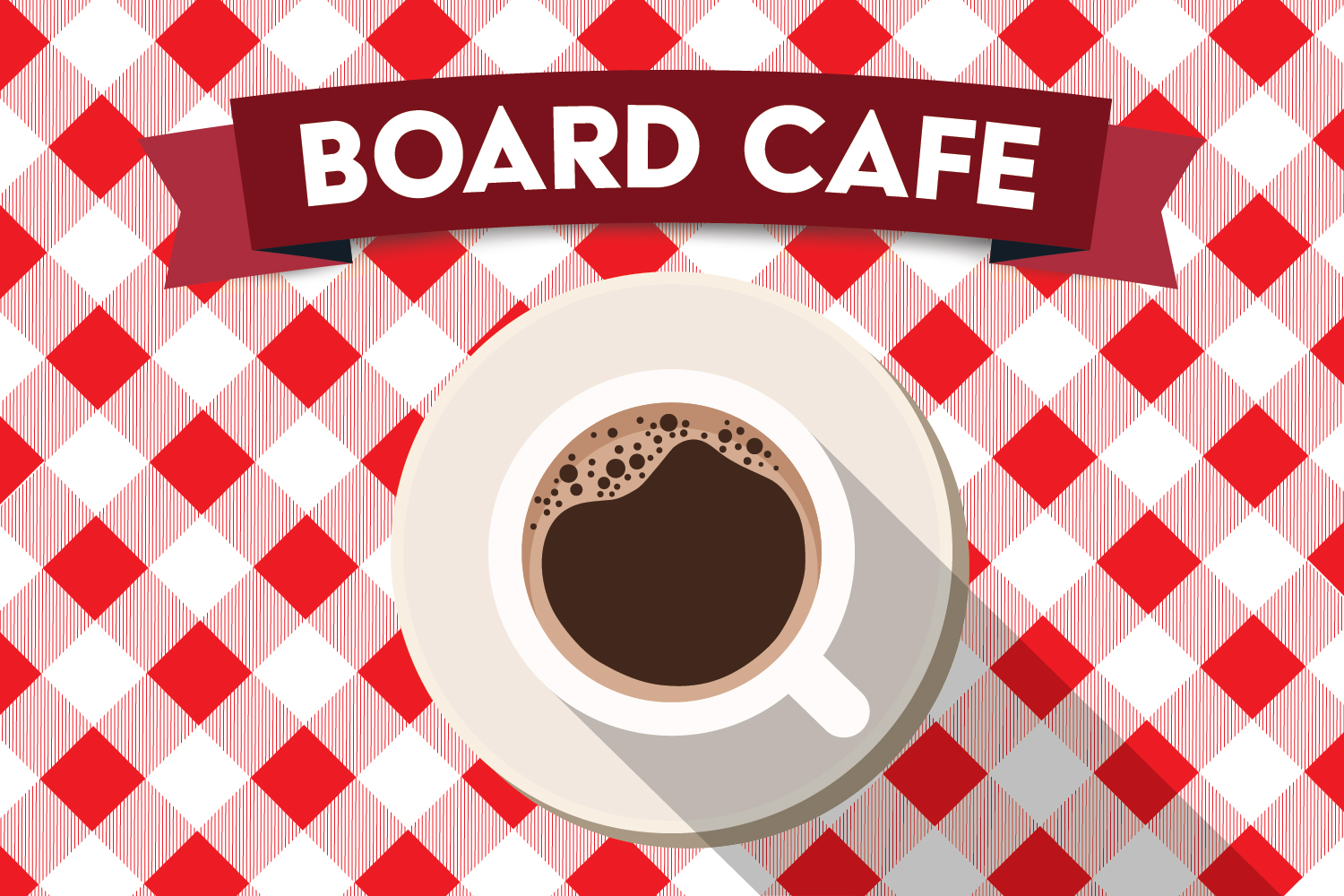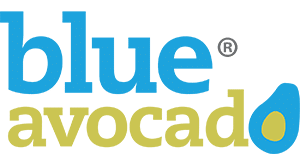The 7 x 7 Board Member Briefing
7×7 board briefings are when each board member makes a 7 minute presentation, followed by 7 minutes of questions, answers & responses.

Give your board members a chance to share their knowledge or perspectives.
Very often the only time a board member is given the “microphone” at a board meeting is when he or she is making a committee report. But wait a minute! Why do we ask people onto boards because of their knowledge and perspectives, but never give them a chance to share their knowledge or perspectives with us?
Instead, at each board meeting schedule a 7×7 (“seven by seven”) Board Briefing: a board member makes a 7 minute presentation, followed by 7 minutes of questions/answers/responses. Friendly-but-fierce timekeeping is required to keep to the 7 minutes each and the whole thing takes 15 minutes.
An example that will spark ideas for your organization is a list of 7×7 Board Briefings given at one AIDS organization, each by a board member:
- A marketing executive at a bank gave a presentation on marketing principles that the board and staff should know when planning awareness campaigns.
- A doctor told the moving story of working with his first AIDS patient.
- A pharmaceuticals manager used PowerPoint to present on trends in the drug industry and what impacts they might have on patients
- A client told about her experiences using the services of the organization, with both praise and problems
- A major donor (to this organization and to others) chatted about how he and other wealthy individuals have similar — and different — preferences on how they like to be approached and recognized
Several problems get solved in one fell swoop with the 7 x 7 (“seven by seven”) Board Briefing. These include:
- Despite introductions and occasional social events, many of us board members struggle to remember who that board member is, and whether she’s the real estate agent or the jewelry store owner. The 7×7 Board Briefings give us something to remember about someone, and something to talk to them about.
- When reports are given by staff (and not board members, except for committee reports), the implicit message is that staff have knowledge to share and board members don’t.
- A strong board member who is not a committee chair only has a reason to speak when reacting to something.
- Board members are often asked onto the board because of past experiences or a valuable vantage point. But we seldom ask them to tell us about those experiences or those vantage points.
Over time, every board member (who is willing to) will do a Briefing, and board and staff members will know each other in more meaningful ways than through an icebreaker at a retreat. We learn something about the depth and insights that a board member can bring to a discussion, and thus we are able to prompt them: “Joe, I’m thinking back to your Briefing about marketing. Do you think this plan for marketing our annual dinner is a good one?”
The board chair (or anyone designated) can talk with board members and schedule their Briefings onto future agendas. You will see that they bring knowledge, warmth, and cohesiveness to the board… and in only 15 minutes!
See also:
You might also like:
- Vision Before Strategy: A Nonprofit’s Guide to Defining Success
- Hedging Your Bets: Rajiv Shah, and the Limits of Large-Scale Changemaking
- Unlocking Potential: Collective Leadership in Nonprofits
- From Crisis to Clarity: Five Steps to Demystify Succession Planning
- The Expanded Matrix Map: Leveraging Your Triple Bottom Line for Fundraising
You made it to the end! Please share this article!
Let’s help other nonprofit leaders succeed! Consider sharing this article with your friends and colleagues via email or social media.
About the Author
Jan is a former editor of Blue Avocado, former executive director of CompassPoint Nonprofit Services, and has sat in on dozens of budget discussions as a board member of several nonprofits. With Jeanne Bell and Steve Zimmerman, she co-authored Nonprofit Sustainability: Making Strategic Decisions for Financial Viability, which looks at nonprofit business models.
Articles on Blue Avocado do not provide legal representation or legal advice and should not be used as a substitute for advice or legal counsel. Blue Avocado provides space for the nonprofit sector to express new ideas. The opinions and views expressed in this article are solely those of the authors. They do not purport to reflect or imply the opinions or views of Blue Avocado, its publisher, or affiliated organizations. Blue Avocado, its publisher, and affiliated organizations are not liable for website visitors’ use of the content on Blue Avocado nor for visitors’ decisions about using the Blue Avocado website.








I LOVE this idea. So much so, I’ve already shared with our Board Chair and the Chair of our Young Professional Board. We will be implementing at our next meeting.